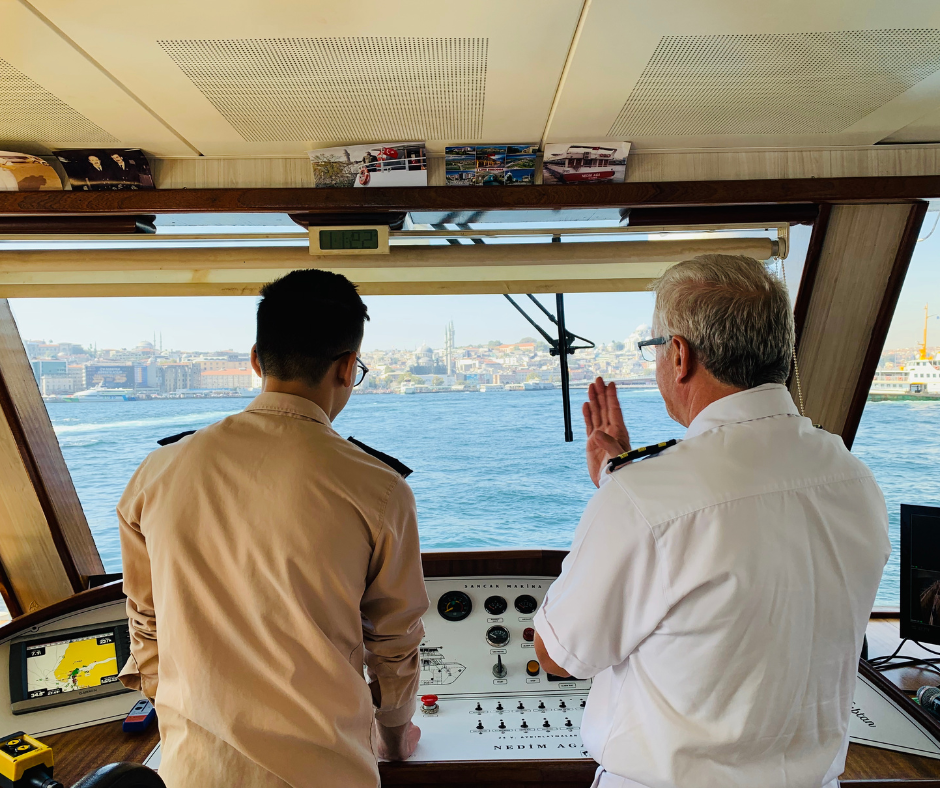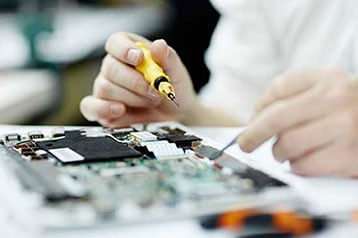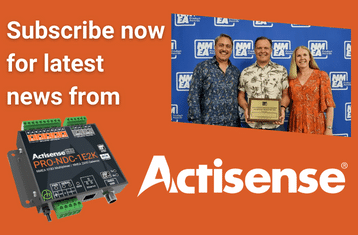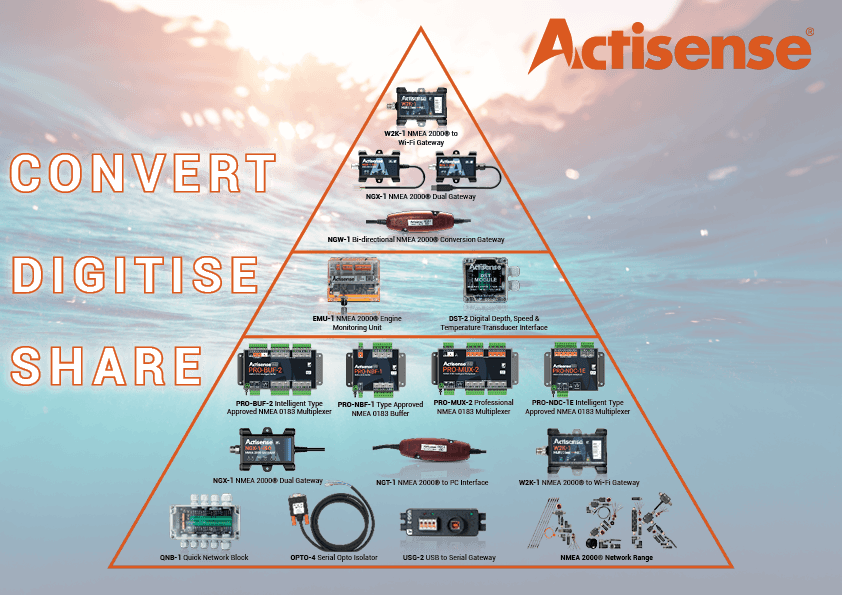NMEA 2000 Device Prioritisation
When there is more than one device of the same type (like a GPS) on the NMEA 2000 network, the NGW-1 will use the data from the highest priority (lowest source address). If the device you’d rather use as a secondary Talker for the NGW-1 claims a lower source address then this can be easily changed in Actisense Toolkit. With the NGT-1 connected, there is an option for ‘Preferred Src’. Select the device you want to change the SRC of, and then enter the source address you want the device to be on. Remember that the lower the number, the higher the priority.
The NGW-1 priority mechanism is the same for all periodic data sent from devices such as GPS, depth, wind, speed, etc. This means that the NGW-1 will only convert the data from the highest priority (lowest Source Address) periodic data source if there are multiple devices of the same type available on the NMEA 2000 Network.
For devices such as AIS and DSC that send non-periodic data (data that is unique and is not meant to replace the last value), each message must be treated in isolation and the NGW-1 cannot ‘lock’ to one particular data source – instead it needs to sends those messages as and when they are received. This does mean that any non-periodic NMEA 2000 message will be converted to NMEA 0183 and sent on the ISO/USB serial port. Therefore, the NGW-1 is unable to filter out/ignore secondary sources of non-periodic data.
To change an NMEA 2000 device instance, first of all the device manufacturer must have enabled this feature in the device firmware. Once you know the device instance can be changed, you will need an Actisense NGT-1 (We recommend the USB variant for simple PC connections) as well as our freely available NMEA Reader software.
If you are using the ‘ISO’ variant of the NGT-1, please contact the software developer to ensure that they support this device option.
For more information on NMEA 0183 and how it works, please download our free guide to NMEA 0183 networking here: https://actisense.com/everything-to-know-about-nmea-0183-guide/
For more information on NMEA 2000 and how it works, please download our free guide to NMEA 2000 networking here: https://actisense.com/complete-guide-to-building-an-nmea-2000-network/




